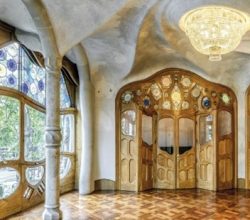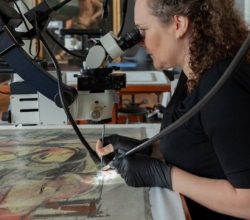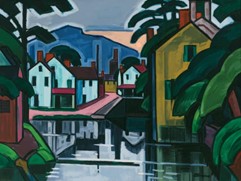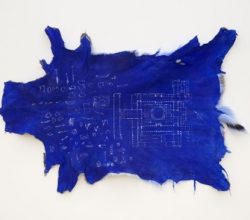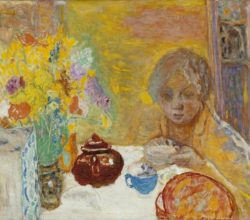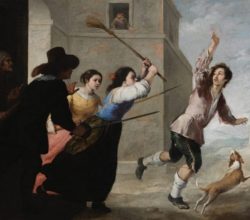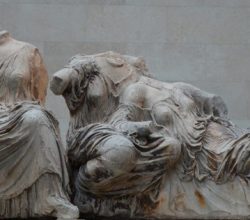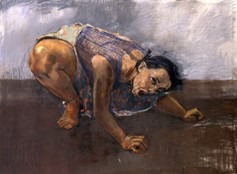
Paula Rego: Yes, With A Growl
Morgan Meis | The-Easel | 2nd November 2021
Of the many obituaries to appear following Rego’s death, this is among the best. One critic notes that she “uncovered a type of female experience that no one had depicted before.” True, but how? The best discussion of her work (by far) is Morgan Meis’ 2021 essay. “Rego believes in stories [yet] her paintings do not deliver clear-cut narratives. Her greatest paintings [veer] between obedience and defiance. Paula Rego once said, “To be bestial is good.” And yet, potential degradation lurks here too.”

